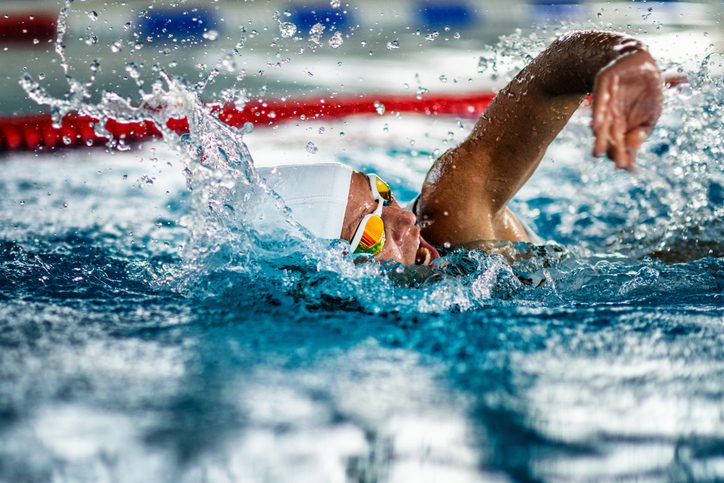Adopting a long term approach to triathlon training
Whether you're new to the triathlon scene or a veteran - all triathletes should take a long-term approach to their training


Triathlon isn’t just a sport, it’s a lifestyle. To maintain that lifestyle, triathletes should take a long-term approach to their training and health. Whether you’re thinking about getting into triathlons, new to the triathlon scene or a veteran, triathletes should be involved in a program that incorporates general sport skills (swim, bike and running) with non-sport specific skill (lunge, press, pull, hinge, squat, etc.) acquisition.
Jason Boivin, a coach for the McGill Triathlon Club and a fitness entrepreneur, says new athletes need to prioritize both sport and non-sport specific skills. Ultimately, this comes down to an individualized training plan. “In my experience, the key to long-term athlete development is individualization,” says Boivin. “Sitting down with a coach can’t be underestimated. Coaching isn’t a list of do’s and don’ts, but a relationship between the athlete and coach, tying in learning and training.”
Since an individualized training plan is the best approach to training, here are six principles of training you should look for in a long-term development program:
- Discuss your why. Why do you want to start exercising? Why do you want to train for a triathlon? Why do you love doing this? These questions are essential for any triathlete. It can become easy to fall into the mindset of chasing personal bests, age group wins and overall wins. All these are good aspirations, but they are external motivations. To enjoy the discipline, the lifestyle and training, the motivation should come from within. Triathlon is a sport filled with numbers, different types of equipment, bikes, shoes and wetsuits, but at the end of the day why do you do it?
- Capability over capacity. This means, “Learning how to, before how fast,” says Boivin. Those initial months of training require a learning phase of not just general movements, but the different discipline techniques.
- A gradual introduction to your new lifestyle. When you first start something new, it’s important to add to the training gradually. This may not seem natural, but it will likely save you from getting injured, discouraged and dropping the lifestyle altogether.
- Assess don’t test. Off the bat, you should find your baseline with a coach. What’s your athletic background? What’s your training background? What are your strengths and weaknesses? Assessing your abilities will outline your training and monitor your improvement.
- Be mentally involved in the process. Learning new movements and techniques don’t just require your physical presence, but also your mental awareness. Some may call this mindfulness – being aware of your body’s movements and how it feels.
- “Find a community that you can be accountable to and share in the suffering,” says Boivin. The sport of triathlon is very much an individual sport, but if this is going to become your lifestyle, it’s important to find balance. Training groups or triathlon clubs are a great way to get guidance, but also a way to become involved with a community. There will be people who can push you and others that you can push along.
“When someone buys into the principles, you really see their development. I see and hear it from the athletes I’ve had for three years, but also in the clients I’ve just started working with a few weeks ago,” says Boivin. Whether you’re a runner looking to make the transition to triathlon or someone looking to get active, there’s value in adopting these long-term development principles.
Jason Boivin coaches the McGill Varsity swim team with Peter Carpenter. He’s also the swim coach for the McGill Triathlon Club. Along with his university responsibilities, which includes lecturing in a Kinesiology course, he owns a fitness business “Jason Boivin Fitness and Swimming.”

